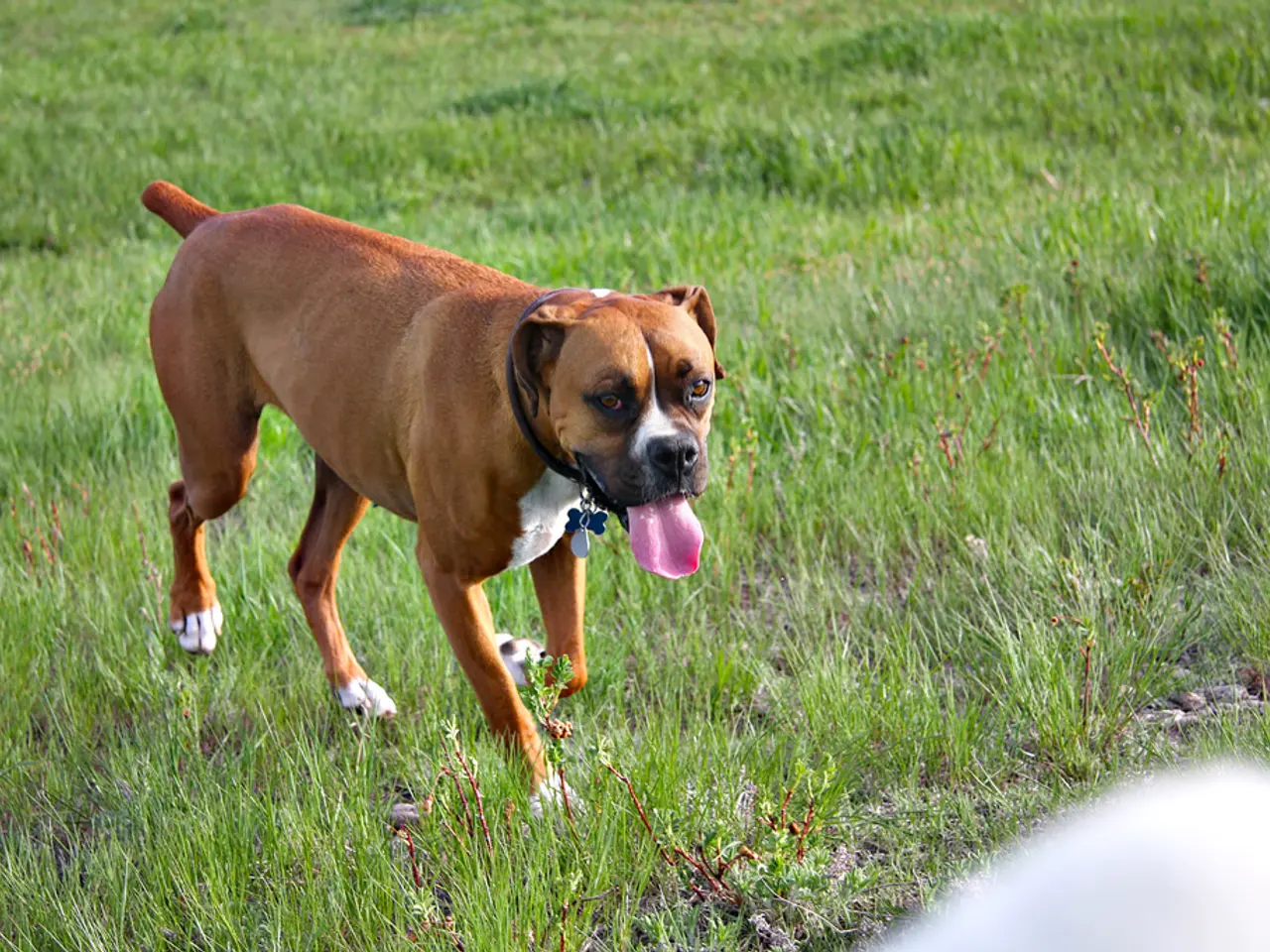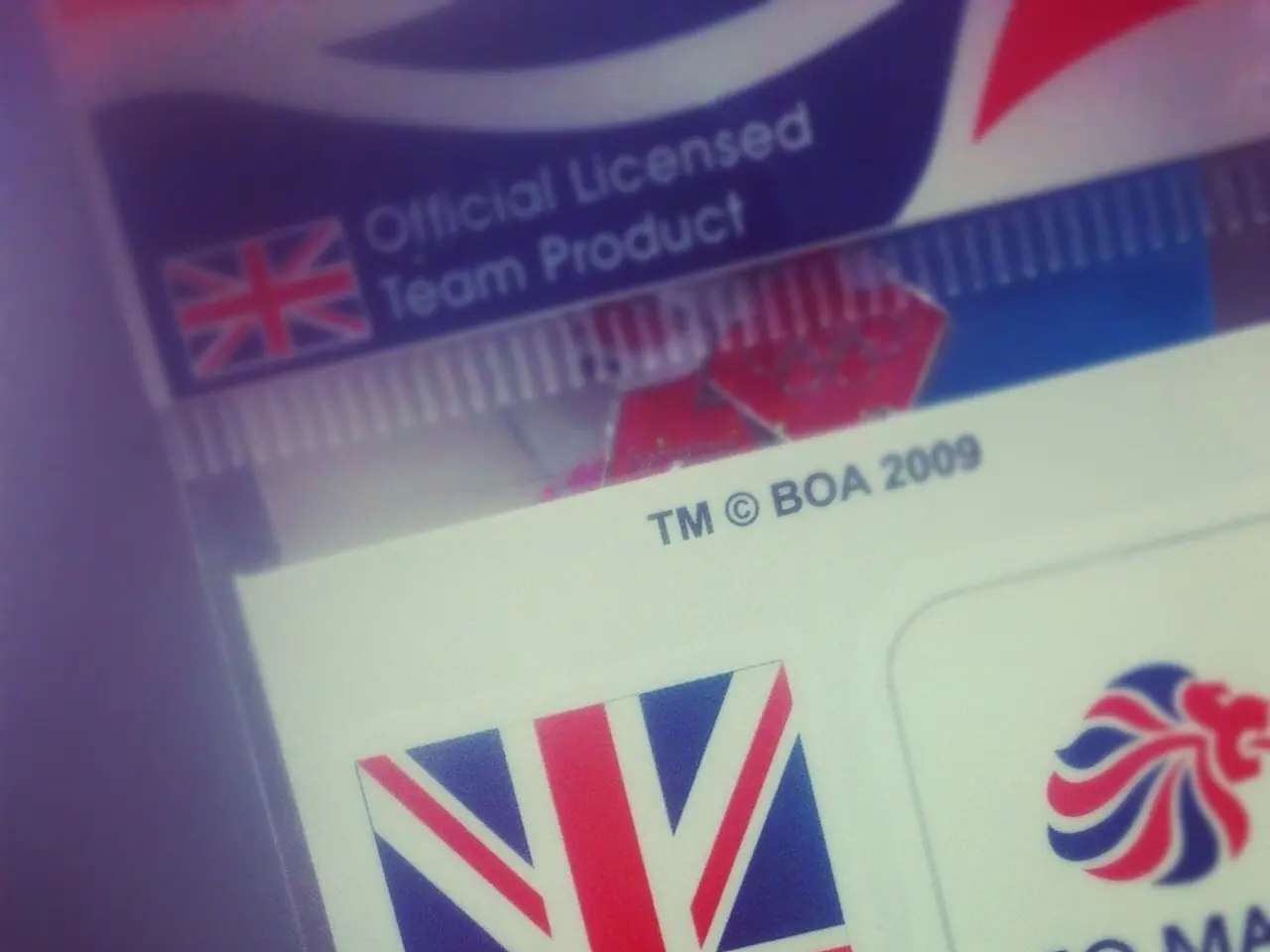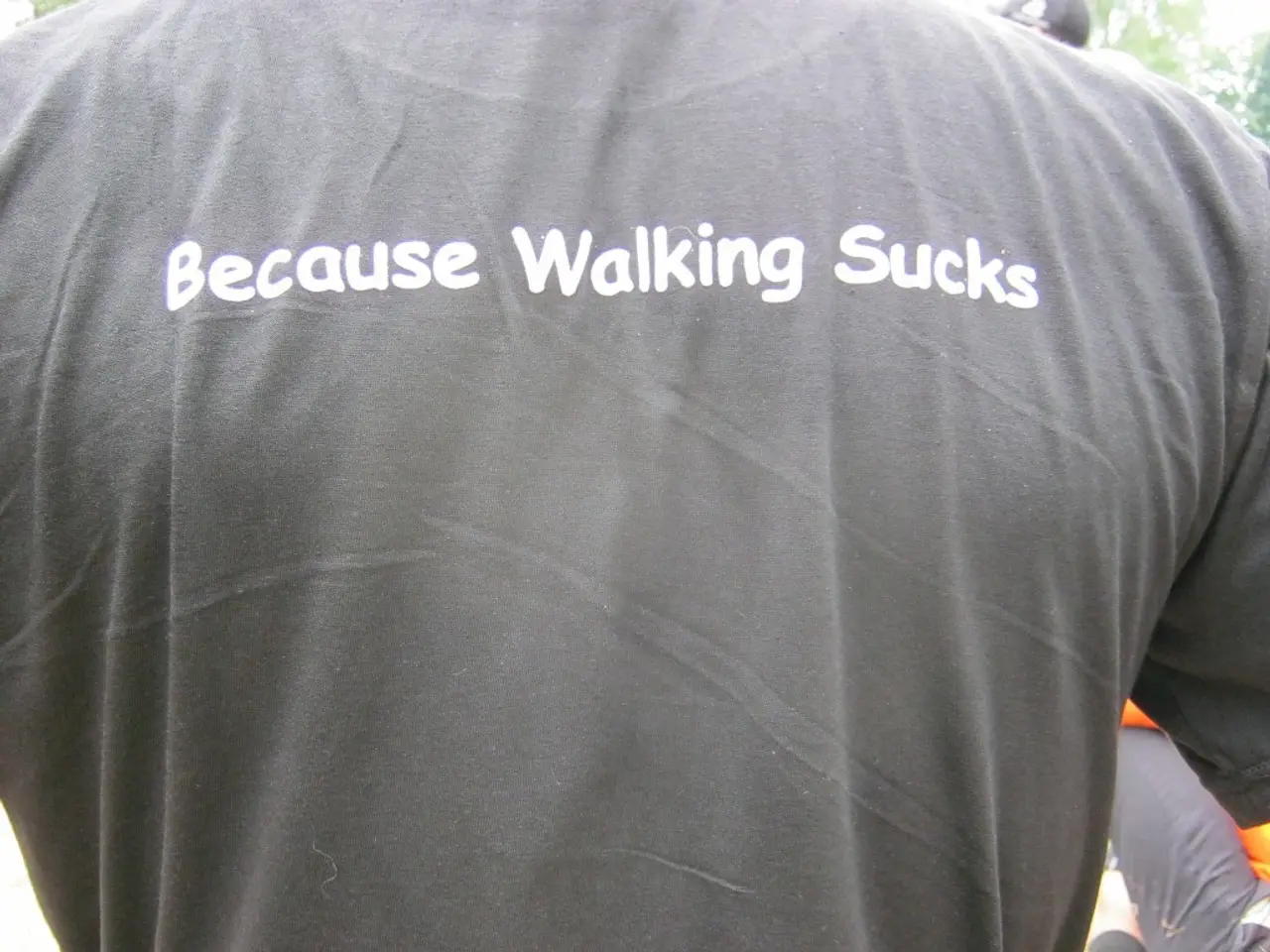Dog Health Emergency: Near-Fatal Incident from Grass Seed Inhalation in a Cocker Spaniel
Dog owners are being urged to be vigilant during walks in green areas, especially during the summer and early autumn months. According to recent statistics, 80% of all claims related to grass seed injuries in dogs occurred between September and October 2023, and July and August 2024.
The Kennel Club has shared common signs of grass seeds affecting dogs, which can include excessive scratching or licking, redness or swelling, paw licking or limping, coughing or sneezing, eye irritation, ear scratching or head shaking, difficulty breathing or nasal discharge, and in severe cases, near collapse.
Breeds with hairy ears and paws are more at risk from grass seeds. Paws, ears, and the nose are common areas affected by these tiny, arrowhead-shaped seeds. It's important to check over dogs after walks in meadows, woodlands, or any green area and to contact a vet immediately if grass seed injuries are suspected.
Leaving grass seed injuries untreated can cause a lot of pain and discomfort to dogs. In some extreme cases, such as that of a six-year-old Cocker Spaniel named Mollie, inhalation of grass seeds can lead to serious health complications. Mollie spent four days in intensive care and has a 10-inch scar and reduced lung capacity as a result.
To minimise the risk of grass seed injuries at home, creating a dog-friendly garden can be beneficial. This includes avoiding the use of certain grass types and ensuring all areas are well-maintained.
It's crucial for dog owners to be aware of the dangers posed by grass seeds and to take appropriate measures to protect their pets. If you suspect your dog has a grass seed embedded or causing symptoms, it's important to check and remove it carefully or seek veterinary care to prevent infection or further complications.
- Dog owners should be mindful about the risks of grass seed injuries during walks in green areas, especially during the summer and autumn months, as 80% of incidents occur in these periods.
- Breeds with long or hairy ears and paws are more susceptible to grass seed incidents, with paws, ears, and the nose being common areas affected by these seeds.
- Signs of grass seeds affecting dogs can include excessive scratching or licking, redness or swelling, paw licking or limping, coughing or sneezing, eye irritation, ear scratching or head shaking, difficulty breathing or nasal discharge, and in severe cases, near collapse.
- Leaving grass seed injuries untreated can cause significant pain and discomfort to dogs, potentially leading to serious health complications as seen in Mollie, a six-year-old Cocker Spaniel who spent four days in intensive care and now has a 10-inch scar and reduced lung capacity.
- Creating a dog-friendly garden that avoids certain grass types and maintains all areas well, can help minimize the risk of grass seed injuries at home.
- It's essential for dog owners to be knowledgeable about the dangers of grass seeds and to take preventive measures, such as checking their pets thoroughly after walks in meadows, woodlands, or any green areas, and seeking immediate veterinary care if any grass seed injuries are suspected.
- If you suspect that your dog has a grass seed embedded or causing symptoms, it's important to check and remove it carefully or seek veterinary care to avoid infection or further complications, prioritizing your pet's health and wellness through a combination of proper care, lifestyle choices, and knowledge gained from pet health-and-wellness, fitness-and-exercise, and science resources.




